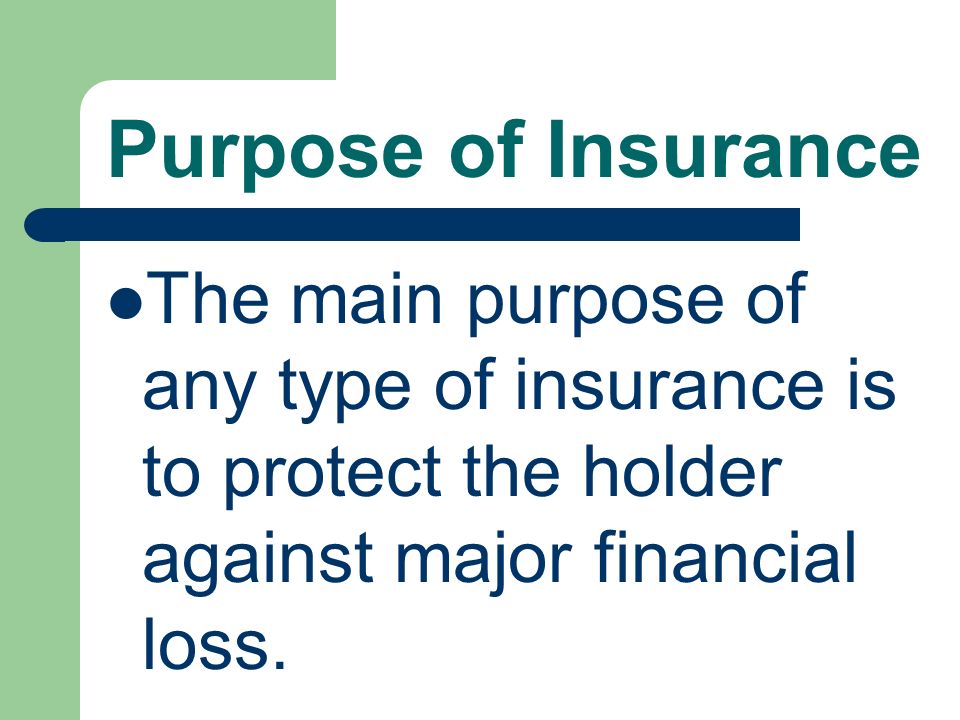The Definitive Guide to Pacific Prime
The Definitive Guide to Pacific Prime
Blog Article
7 Easy Facts About Pacific Prime Described
Table of ContentsThe Ultimate Guide To Pacific PrimeAbout Pacific PrimeGetting My Pacific Prime To WorkGetting The Pacific Prime To WorkLittle Known Questions About Pacific Prime.

This is since the information were gathered for a period of solid economic efficiency. Of the estimated 42 million individuals that were without insurance, almost about 420,000 (about 1 percent) were under 65 years old, the age at which most Americans end up being eligible for Medicare; 32 million were grownups in between ages 18 and 65, around 19 percent of all adults in this age; and 10 million were children under 18 years old, regarding 13.9 percent of all youngsters (Mills, 2000).
These price quotes of the number of individuals uninsured are created from the yearly March Supplement to the Present Population Survey (CPS), performed by the Census Bureau. Unless otherwise noted, nationwide price quotes of people without health and wellness insurance policy and proportions of the population with various kinds of protection are based upon the CPS, one of the most widely utilized resource of price quotes of insurance coverage and uninsurance rates.
See This Report about Pacific Prime

Still, the CPS is particularly beneficial because it produces annual estimates reasonably rapidly, reporting the previous year's insurance protection estimates each September, and due to the fact that it is the basis for a consistent set of price quotes for greater than twenty years, enabling analysis of trends in insurance coverage in time. For these reasons, as well as the extensive usage of the CPS in various other researches of insurance coverage that exist in this report, we depend on CPS quotes, with limitations noted.

The estimate of the variety of without insurance individuals broadens when a populace's insurance policy status is tracked for a number of years. Over a three-year period starting early in 1993, 72 million people, 29 percent of the united state population, were without coverage for at the very least one month. Within a solitary year (1994 ), 53 million people experienced at the very least a month without coverage (Bennefield, 1998a)
6 out of every 10 uninsured adults are themselves used. Although functioning does enhance the probability that a person and one's relative will have insurance, it is not a warranty. Also members of family members with 2 full-time wage income earners have practically a one-in-ten chance of being without insurance (9.1 percent uninsured price) (Hoffman and Pohl, 2000).
Top Guidelines Of Pacific Prime
New immigrants make up a considerable percentage of individuals without health insurance policy. One analysis has associated a considerable section of the recent growth in the dimension of the united state without insurance population to immigrants who got here in the country between 1994 and 1998 (Camarota and Edwards, 2000). Recent immigrants (those that came to the United States within the previous 4 years) do have a high rate of being uninsured (46 percent), however they and their youngsters account for simply 6 percent of those without insurance policy nationally (Holahan et al., 2001).
The connection in between wellness insurance and access to care is well established, as recorded later on in this chapter. The connection between health insurance and wellness outcomes is neither direct nor basic, a considerable professional and wellness solutions research study literature links wellness insurance policy coverage to improved access to care, far better top quality, and enhanced personal and populace wellness condition.
Levels of evaluation for examining the results of uninsurance. It focuses especially on those without any type of health insurance coverage for any size of time.
Get This Report on Pacific Prime
The problems dealt with by the underinsured remain in some aspects comparable to those encountered by the without insurance, although they are generally less severe. global health insurance. Uninsurance and underinsurance, nonetheless, entail distinctly different policy issues, and the strategies for addressing them may differ. Throughout this research and the 5 records to adhere to, the major emphasis gets on individuals without any medical insurance and hence no aid in spending for healthcare beyond what is offered with charity and security web establishments
Medical insurance is an effective variable impacting invoice of care because both patients and medical professionals react to the out-of-pocket rate of solutions - https://young-nemophila-a7b.notion.site/Pacific-Prime-Your-Partner-for-Comprehensive-Insurance-Solutions-7ea95e6a0f4e46d6a51631c55774899a?pvs=25. Wellness insurance policy, nonetheless, is neither necessary nor sufficient to access to medical services. Nonetheless, the independent and straight result of medical insurance protection on accessibility to health and wellness services is well established.
Others will certainly acquire the health and wellness care they need also without medical insurance, by paying for it expense or seeking it from suppliers who offer treatment complimentary or at highly subsidized prices. For still others, medical insurance alone does not make certain receipt of treatment since of other nonfinancial obstacles, such as a lack of wellness treatment companies in their area, minimal access to transport, illiteracy, or etymological and social distinctions.
Rumored Buzz on Pacific Prime
Official research concerning without insurance populations in the USA dates to the late 1920s and very early 1930s when the Committee on the Expense of Healthcare produced a series of reports check this regarding funding physician office brows through and hospitalizations. This problem came to be significant as the numbers of medically indigent climbed during the Great Anxiety.
Report this page